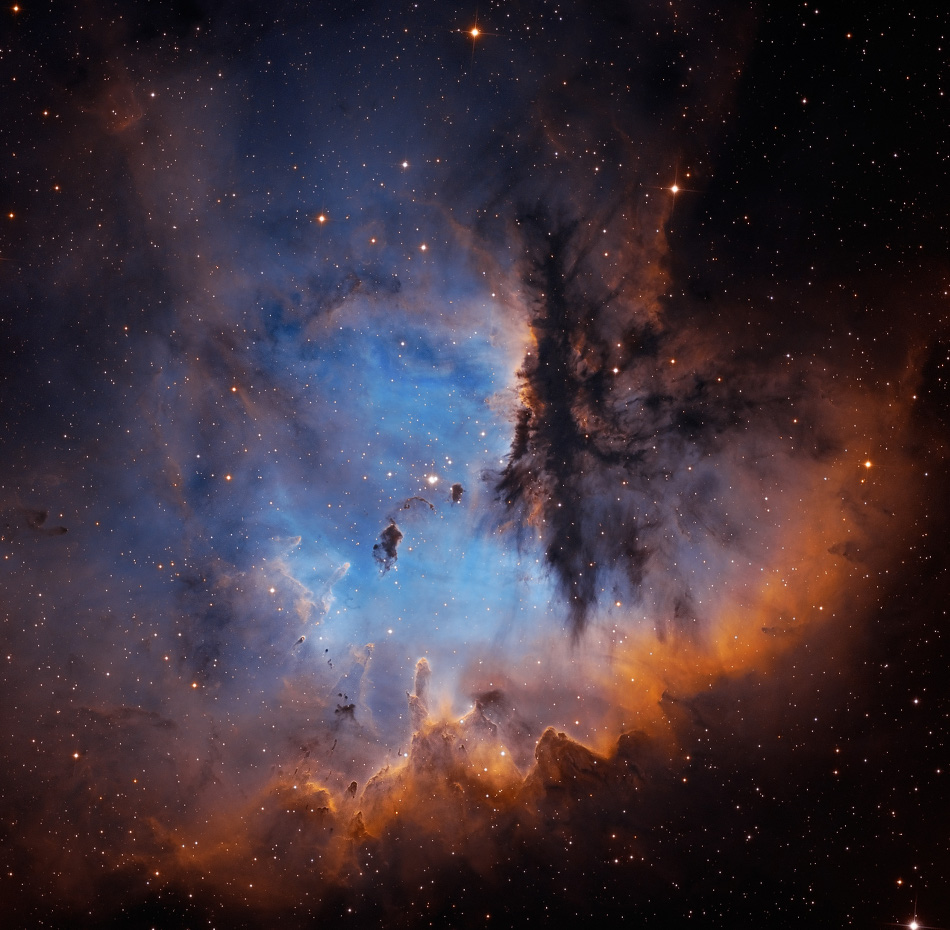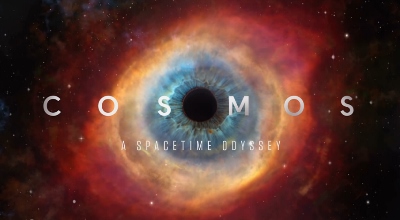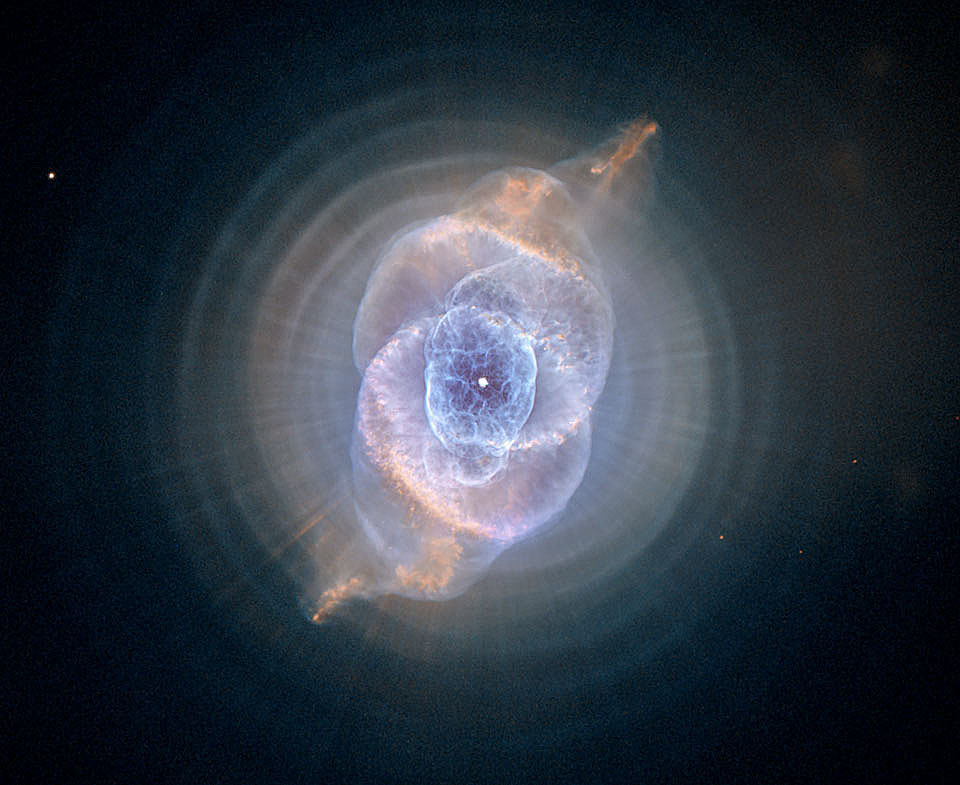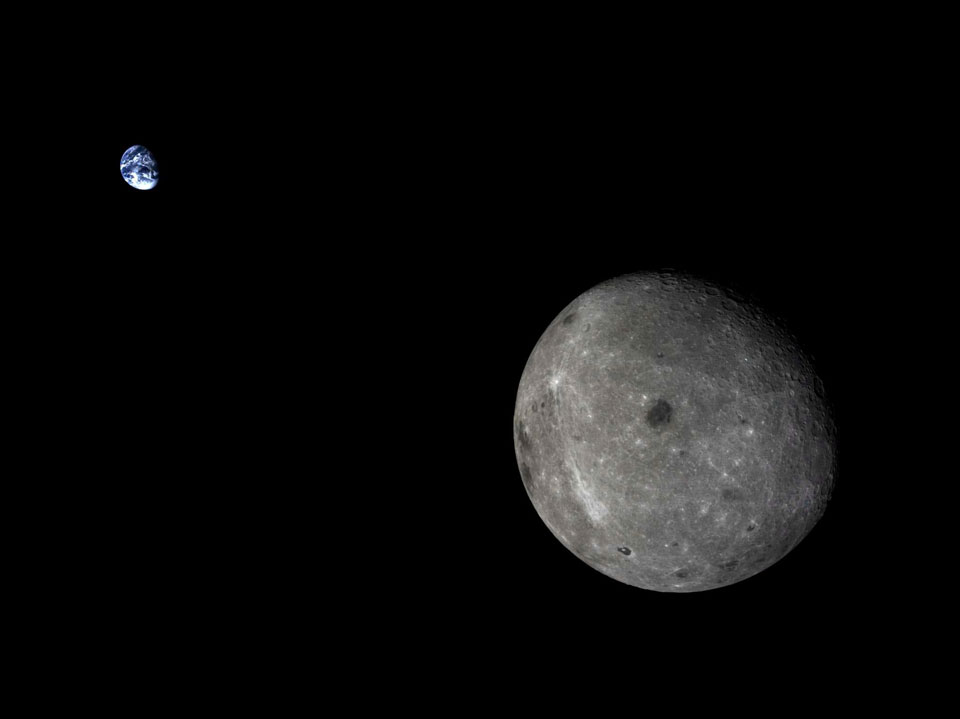 |
| Pacman nebula Image Credit & Copyright: Martin Pugh NASA/APOD |
My Space Theology point is here and elsewhere that this is it.
This is the reality of divine Creation and when scientists study Universe from its smallest known building blocks and Planck seconds to such light years large nebulas as seen in this magnificent photo: they are all studying the handwork of God of Israel.
This is the reality that we humans are able to study with our mathematical abilities, the instruments engineers build and refine, the theories of Cosmology or Particle Physics. This and not some hidden "more important" divine reality that we should see by faith and include into making and teaching science in order to be satisfied that God exists.
When we look at reality through the eyes of faith we get a different view of reality than viewing reality in disbelief and rejection of God. But here exactly is the trap: people of religion, believers, tend to fall to the temptation of trying to make God's hand visible by digging somewhere under the reality in order to show to the unbelieving world that look here and you can see the divine reality, wisdom, design and planning.
No. This is it and nothing else under, above, beside it.
It is actually rather simple. You may praise the Lord for your eyesight, for the very useful thumbs, if they are still there in your left and right hands, for ballet dancers or footballers feet. Or you may not praise the Lord for anything. The eye, thumb, and foot are the reality of Creation. Science discovers amazing facts and useful details about God's handiwork in human body. But the whole, how everything in it fits together in harmony and how it functions even when severely disabled, remains a reality that man either thanks God for it or not.
This is it and no one can escape it.
No matter what the astronomer believes or does not believe and no matter whether or not the astrophysicist gives glory to the Creator, the highest level of scientific work is still and remains research on what God of Israel has made and the research reflects the deep thinking of the One, who speaks to all humanity through the Jewish people and their sacred books, Old and New Testament of the Bible. The Word of God. So we believe.






